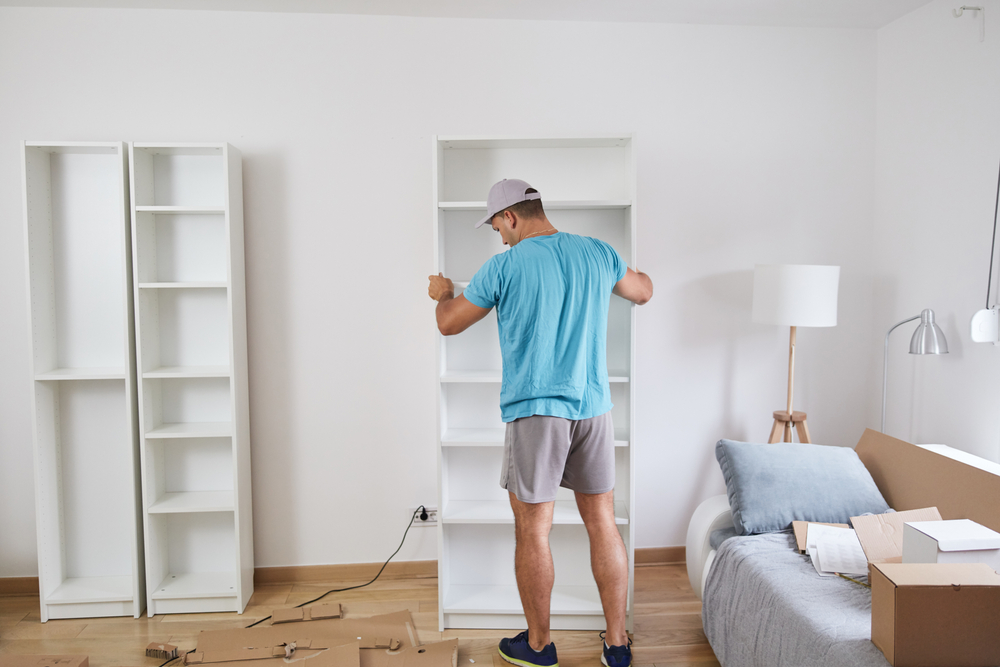
Here is an attractive, relatively inexpensive, and quick way to complete a modular storage and display solution that can be implemented for a clients’ aging in place needs and adjusted as necessary.
Funding Is A Frequent Concern
As people want to remain in their homes long-term and we note some projects that would help make life easier for them, as well as provide more safety, some of us may find that our clients are faced with financial considerations that are dictating what they think they can have. However, not every effective solution needs to be pricey.
There are many clever, well-conceived, functional solutions we can create for our clients that are inexpensive.
Think back to our college dormitory or first apartment days and how we fashioned furniture, artwork, and other furnishings from what we had or could obtain easily. They weren’t always ready to be viewed in prime time, but they were functional.
Financial resources
There are many financial resources available to people, from federal and state funding resources, non-profit organizations, family savings, and others.
Some aging in place financial assistance that might be available to people as a very attractiveis resource is a gift that does not need to be repaid. This is called a grant. Conversely, some funding is a loan that generally carries an interest charge along with the principal, and both need to be repaid to the agency or person advancing it to the homeowner. It’s easy to confuse the two, but we must keep them separate.
When a grant is available, there may be stipulations on how the money can be used, and there are going to be criteria on how to qualify for the funds. Funding may be quite limited so that only a relatively small number of recipients will be selected. Still, this is a great financial resource because it’s money the client didn’t have previously, and they do not need to repay it.
Simple May Be Sufficient
As we look at creating safety or accessibility improvements for our clients, we evaluate the effectiveness of a proposed design and their ability to pay for it. In many cases, there is a range of possibilities for the same or similar solution that ranges from modest or less expensive to more robust and expensive.
We need to remember that the bottom line in any renovation is effectiveness for the client. Ideally, it will be attractive and something they want to use, but function is key.
Designs don’t necessarily need to be complex or expensive. They can be, but often there are simpler and less expensive ways of creating similar outcomes. We usually can match solutions with proposed budgets.
